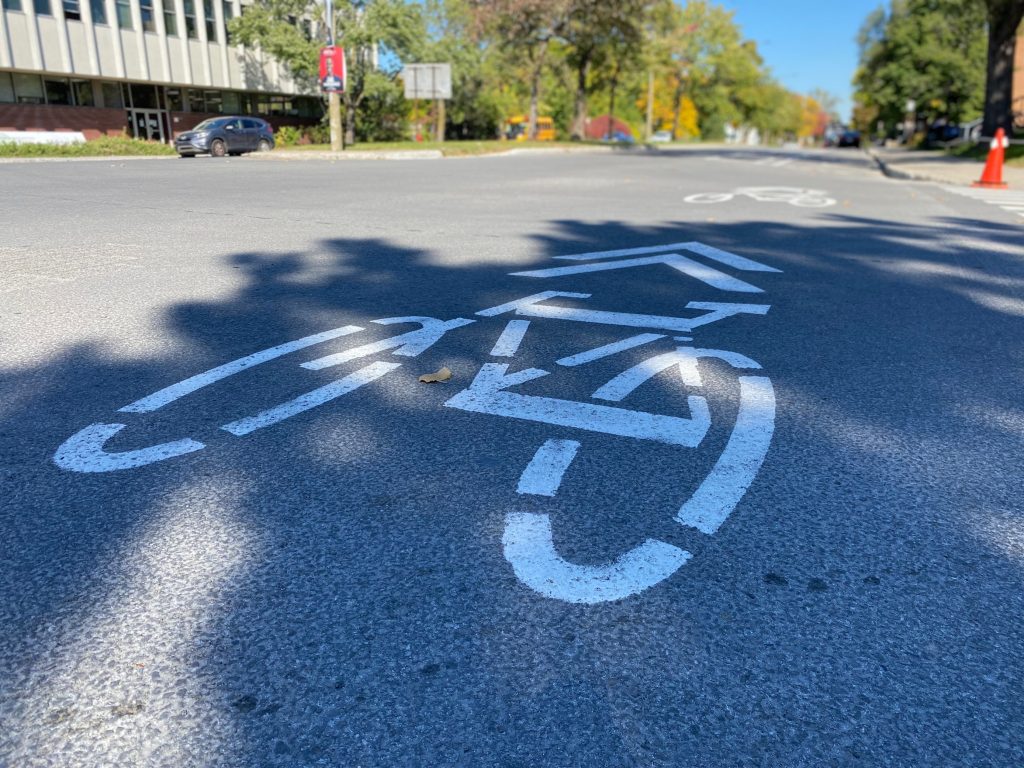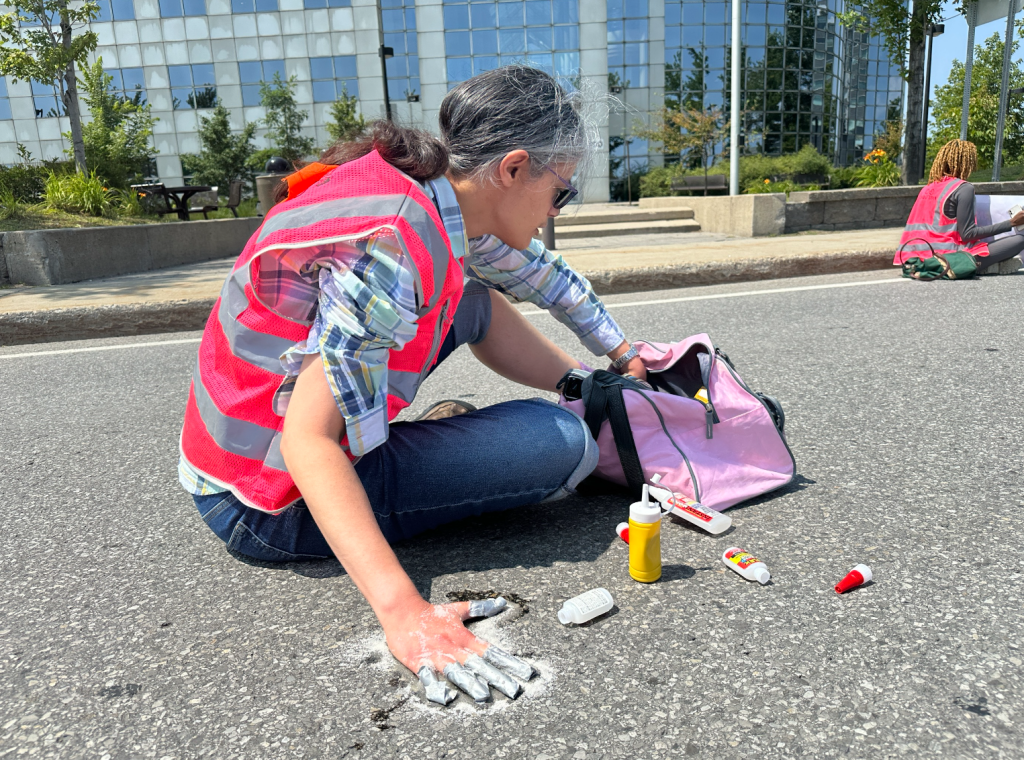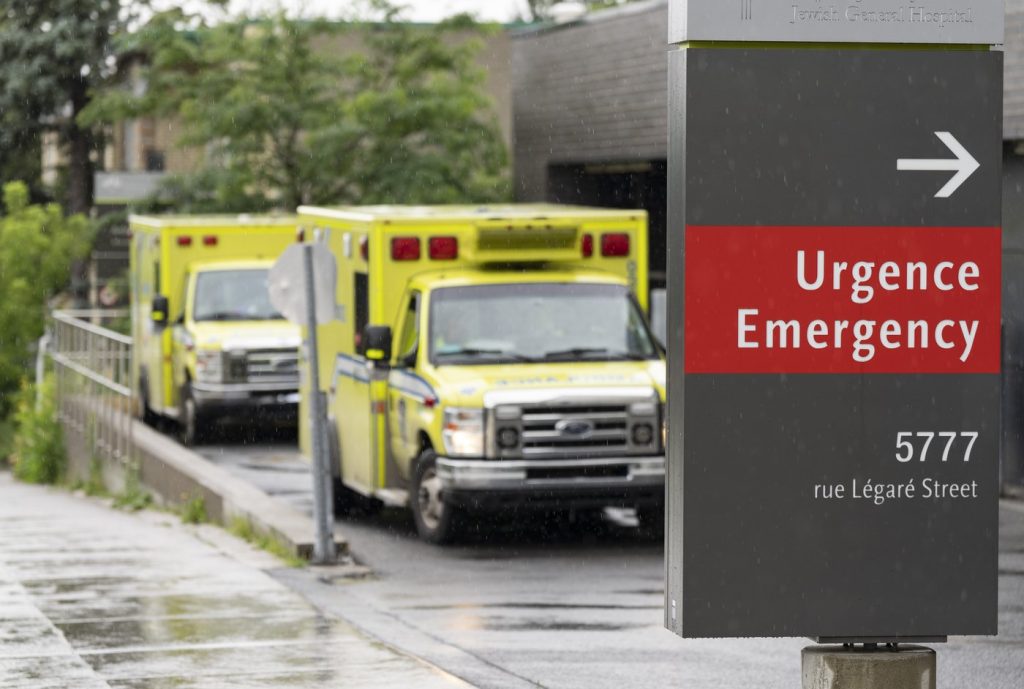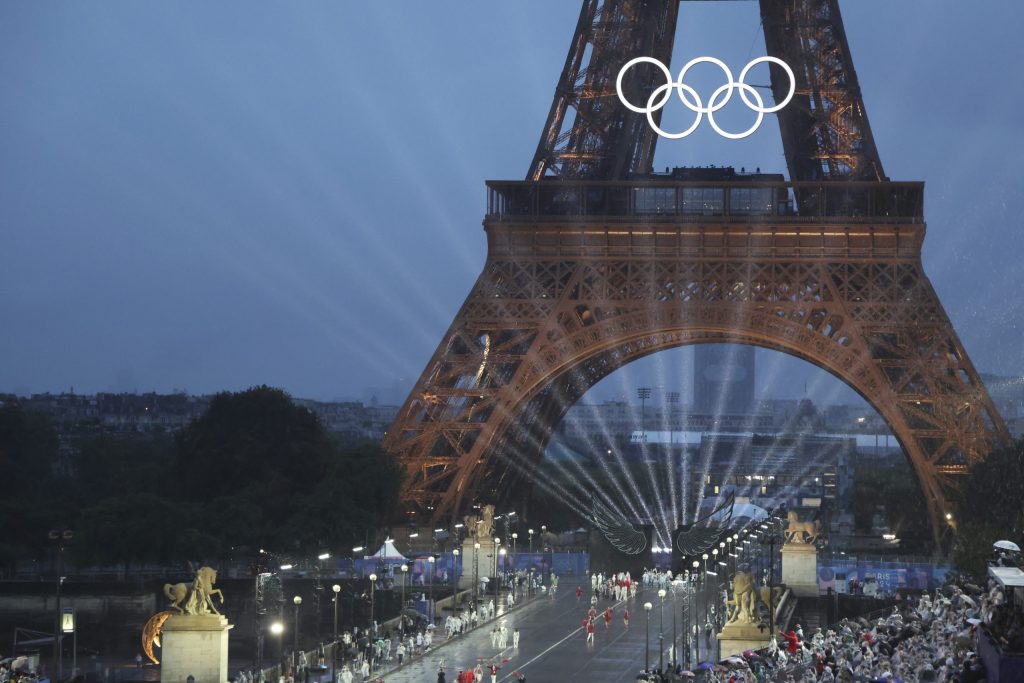Montreal unveils 2050 plan for greener, more inclusive city
Posted June 11, 2024 12:19 pm.
Last Updated June 12, 2024 10:02 am.
Mayor Valérie Plante unveiled her vision for the future of Montreal.
Plante introduced a new urban and mobility plan on Tuesday — her plan to make the city greener and more inclusive.
Montreal’s 2050 plan for urbanization and mobility consists of three main areas: the metropolis, neighbourhoods and people.
Officials want to deploy the sustainable mobility network to optimize land use; take advantage of urban transformations to improve the affordability and vitality of neighbourhoods; and put Montrealers and nature at the heart of the city.
Plante envisions, for 2050, an extension of the metro’s blue line, several tramways in the city, and a network of year-round bike baths.
Montreal’s plan also wants to build 200,000 new housing units (20 per cent off market); create 125 km of green corridors; have 360 km of structuring public transport networks (currently 80 km); more sponge infrastructure; and nearly 70 per cent of all trips made by public or active transportation.

Mayor Plante’s office also shared what they are calling the “Montreal Strategy,” which they say will be the crux of their new plan. The strategy consists of 10 points, including fairly redistributing street space and increasing the presence of nature and urban biodiversity.
The city says preserving emblematic areas will be a main focus, including downtown, Mount Royal Park, Old Montreal and certain areas by the water. The 2050 urban and mobility plan will also seek to develop key areas within Montreal’s east, southwest and northern districts — changes residents and visitors say they are eager to see.
“I live in Winnipeg and every time I come to Montreal […] I wish that Winnipeg had the same amount of green space. So the fact that they’re planning on making it even greener, I think is fantastic,” one visitor said.
“I love the city when it’s filled with color. So to me, green is always great to see,” one Montreal woman said.
Another added “I would like to see more bike lanes. […] I live close to Parc Jarry and it’s very nice to spend time there. So for every neighborhood to have this kind of space, I think it would be great.”
“It’s the key of the good health for the city and for the citizen,” one Montreal man told CityNews.
Once changes come into effect, the city says its plan will be subject to a review process every five years.
Ensemble Montréal wants more completed projects
Official Opposition leader Aref Salem said the Plante administration is putting its “utopian” fantasies on paper instead of completing projects that have been in the works for years.
“I think of the Projet structurant de l’Est, the extensions of the orange and blue metro lines, which are stagnating, and the Projet du Grand Sud-Ouest,” said Salem. “I’m very surprised to see the administration resurrecting the pink line when the project office, which cost Montrealers $1 million, has gone out of business.”
He further explained that its wishful thinking to believe that 70 per cent of trips can be made by public or active transport in the next 25 years without guaranteed sums from other government levels.
“What’s more, the Projet Montréal administration’s plan to build bicycle lanes along deserted urban transit corridors is pitting two modes of transportation against each other, when they should be complementing each other.”



